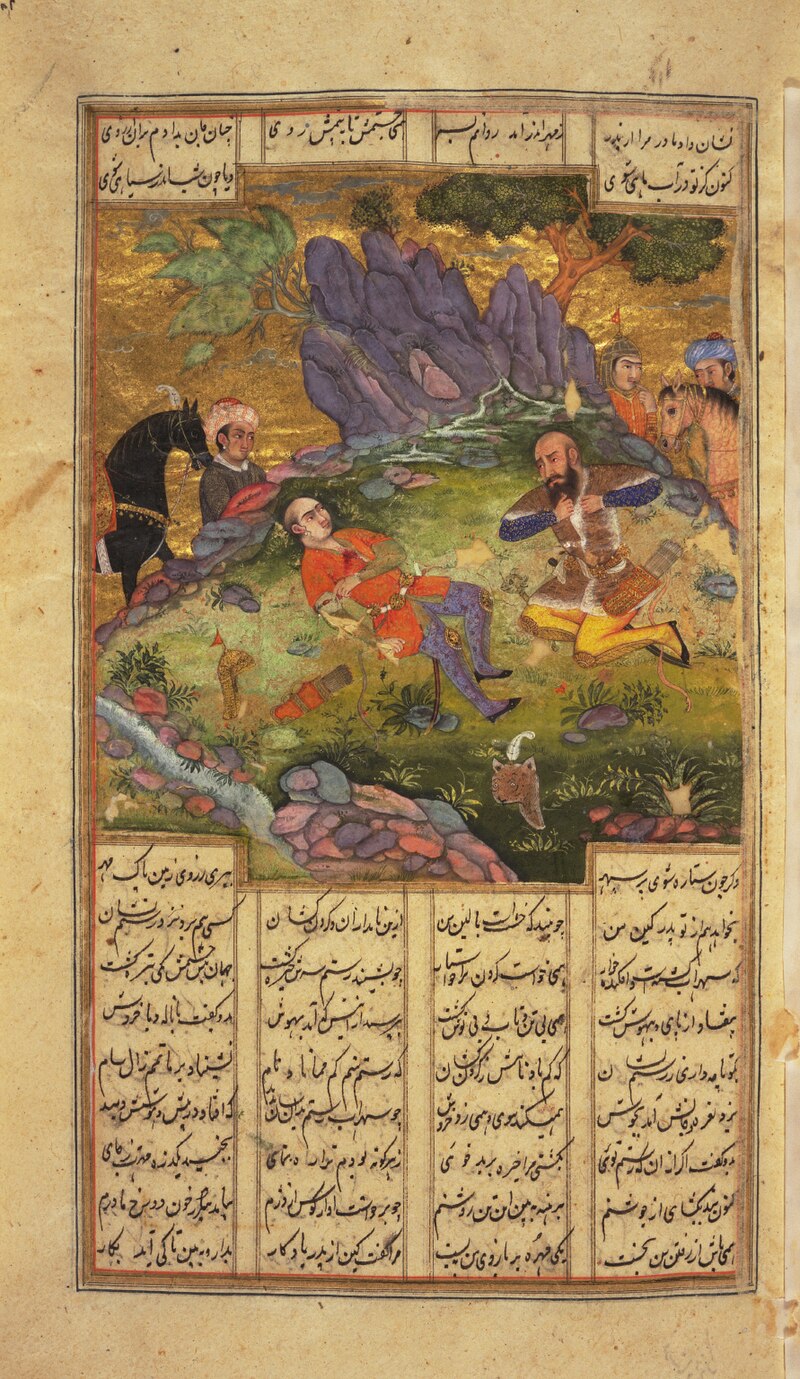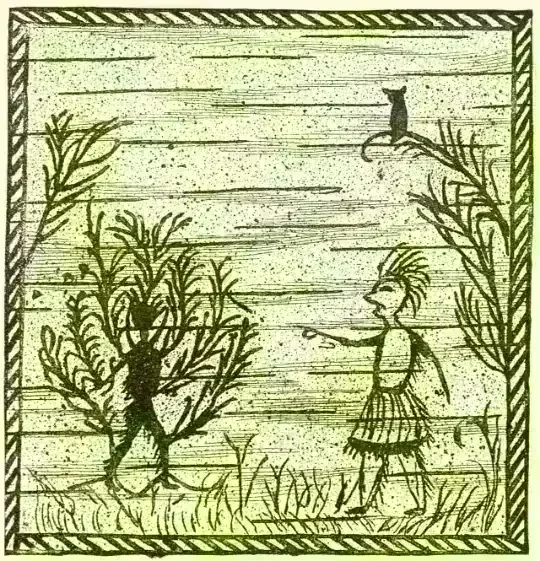Julian's Bower

Julian’s Bower, a unicursal turf maze measuring 43 feet (13 meters) across. Though often called a maze, it is technically a labyrinth, as it contains only a single path with no branches or choices to make along the way.
The origins of Julian’s Bower are uncertain. Arthur Mee, in his book Lincolnshire, claimed that monks cut the labyrinth in the 12th century. In contrast, White’s Lincolnshire Directory of 1872 suggested it was created during Roman times as part of a game. Another theory proposes that the labyrinth may indeed be Roman in origin but was later repurposed by the medieval Church for acts of penance. Following the Reformation, it may have returned to more recreational use.
The earliest reliable written record of Julian’s Bower dates to 1697, when it was described by the Yorkshire antiquary Abraham de la Pryme during his travels.
To ensure the pattern of the labyrinth is preserved, it has been recorded in several places: in a 19th-century stained glass window, on the floor of the church porch, and on the gravestone of James Goulton Constable in the Alkborough cemetery.
Julian’s Bower is recognized today as a Scheduled Ancient Monument.
The name “Julian’s Bower” is thought to derive from Julus, the son of Aeneas of Troy, combined with the word “burgh,” meaning a fort or fortified place. This theory is supported by the frequent use of Trojan-themed names for mazes and labyrinths in Britain, such as “Troy Town” and “The Walls of Troy.” Similar naming traditions appear in Scandinavia, with terms like “Trojaburg,” “Trojburg,” and “Trelleborg.” According to legend, the city of Troy had such intricate and bewildering walls that invaders who entered would be unable to find their way back out.


